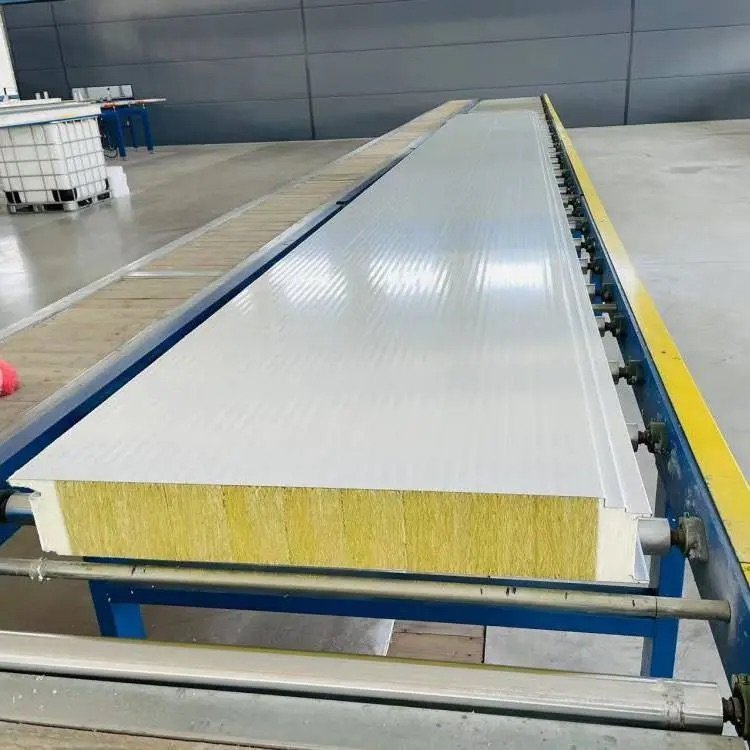
The fire rating of PU sandwich panels shows how they handle fire. It checks if they can stop fire from spreading. This rating is very important in building safety. It makes sure materials follow safety rules. Fire-resistant materials help save lives and protect buildings in emergencies. PU sandwich panels are made with smart designs. They are good at resisting fire and are used in many ways.
Key Takeaways
PU sandwich panels are made to stop fire and its spread. They are important for keeping buildings safe.
Fire ratings show how well panels handle fire. Class A is the best, and Class C is the weakest.
Things like the core material, how joints are made, and how panels are installed affect fire resistance.
Picking panels with good fire safety labels ensures they follow safety rules and work well in emergencies.
PU sandwich panels are light, save energy, and can be used in many ways. They are great for factories, cold storage, and modular homes.
What is the Fire Rating of PU Sandwich Panels?
Fire Rating Classifications for PU Sandwich Panels
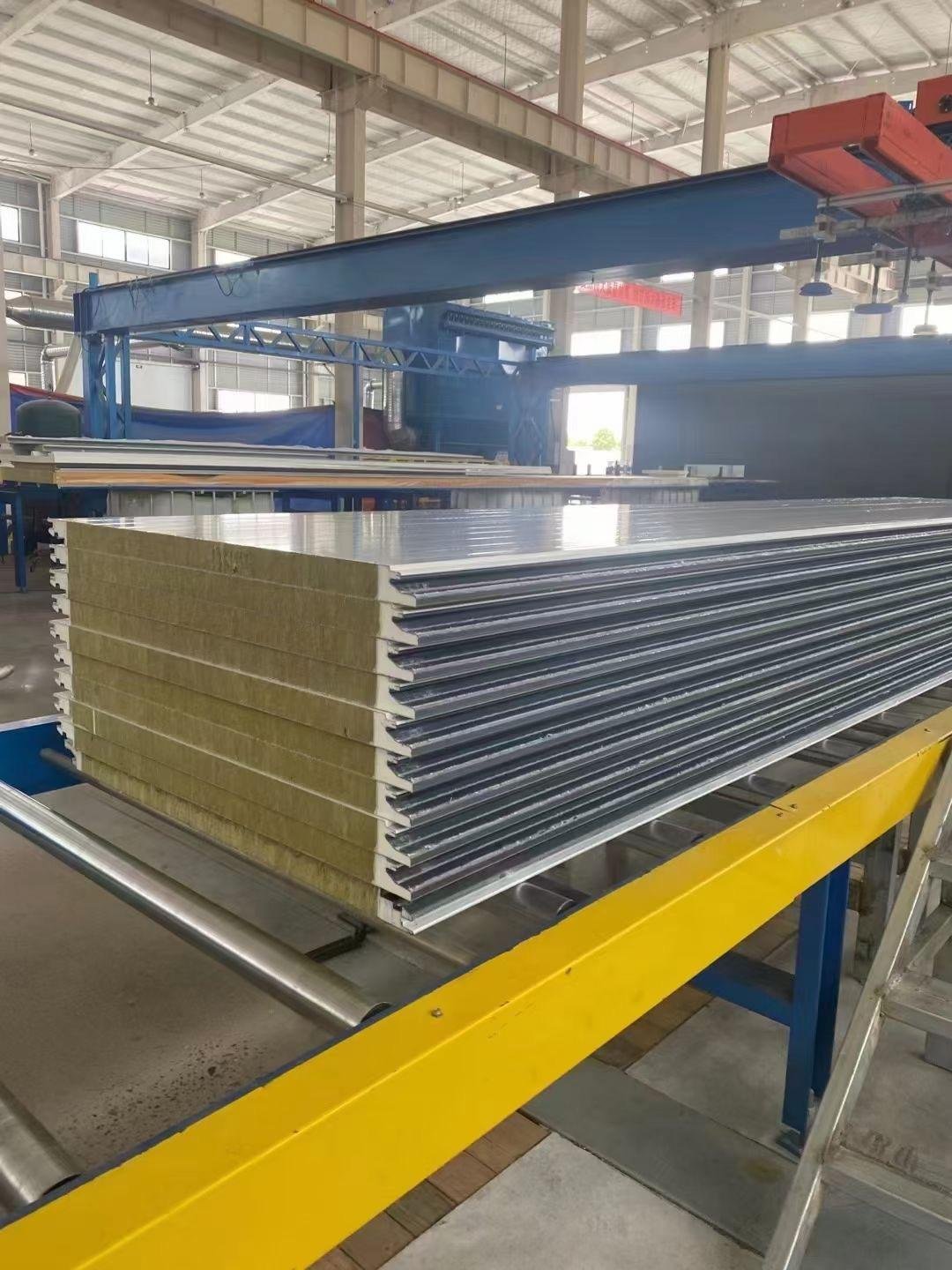
PU sandwich panels are rated by how they handle fire. These ratings show how well they work in fire situations. Below is a table explaining common fire rating classes:
Fire Rating Class | Description | Performance Characteristics |
|---|---|---|
Class A | Best fire resistance | Very little flame spread, low smoke |
Class B | Medium fire resistance | Controlled flames, moderate smoke |
Class B-s1, d0 | Improved safety | Less smoke, no flaming drops |
Class C | Lower fire resistance | More flames, higher smoke |
For example, Class B-s1, d0 panels are safer. They create less smoke and no flaming drops. These ratings follow global standards like UNE-EN 13501-1: 2019. This standard checks fire spread, smoke, and burning drops.
Factors Influencing the Fire Rating of PU Sandwich Panels
Many things affect the fire rating of PU sandwich panels, such as:
Core Material: The foam core impacts fire resistance. Its formula matters.
Panel Joint Design: Good joints stop fire from spreading between panels.
Installation Methods: Proper installation ensures fire safety rules are met.
Fire Load Density: More flammable items nearby can lower fire resistance.
For instance, areas with high fire loads, like 700 MJ m−2, make it harder for panels to resist fire. Picking the right core and setup improves safety a lot.
Comparison of PU Sandwich Panels with Other Fire-Resistant Materials
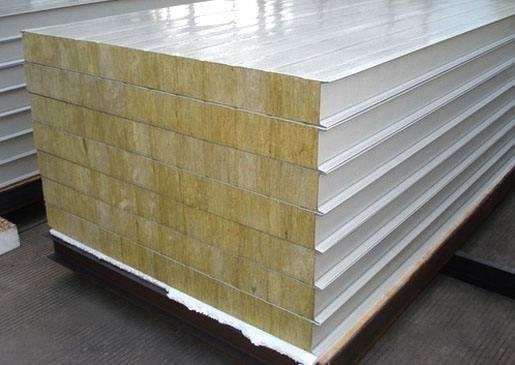
PU sandwich panels balance fire safety and cost. The table below compares them to other materials:
Material Type | Fire Rating | Key Features |
|---|---|---|
PU Sandwich Panels | Class B/C | Decent fire safety, great insulation |
PIR Sandwich Panels | High | Better fire safety, more expensive |
Mineral Wool Panels | Very High | Top fire safety, heavier and pricier |
PU panels offer fair fire resistance and are affordable. Mineral wool panels are the safest but cost more and are heavier. PU panels are a smart choice for many uses.
Materials and Design Features That Improve Fire Resistance
How Polyurethane Foam Core Helps with Fire Resistance
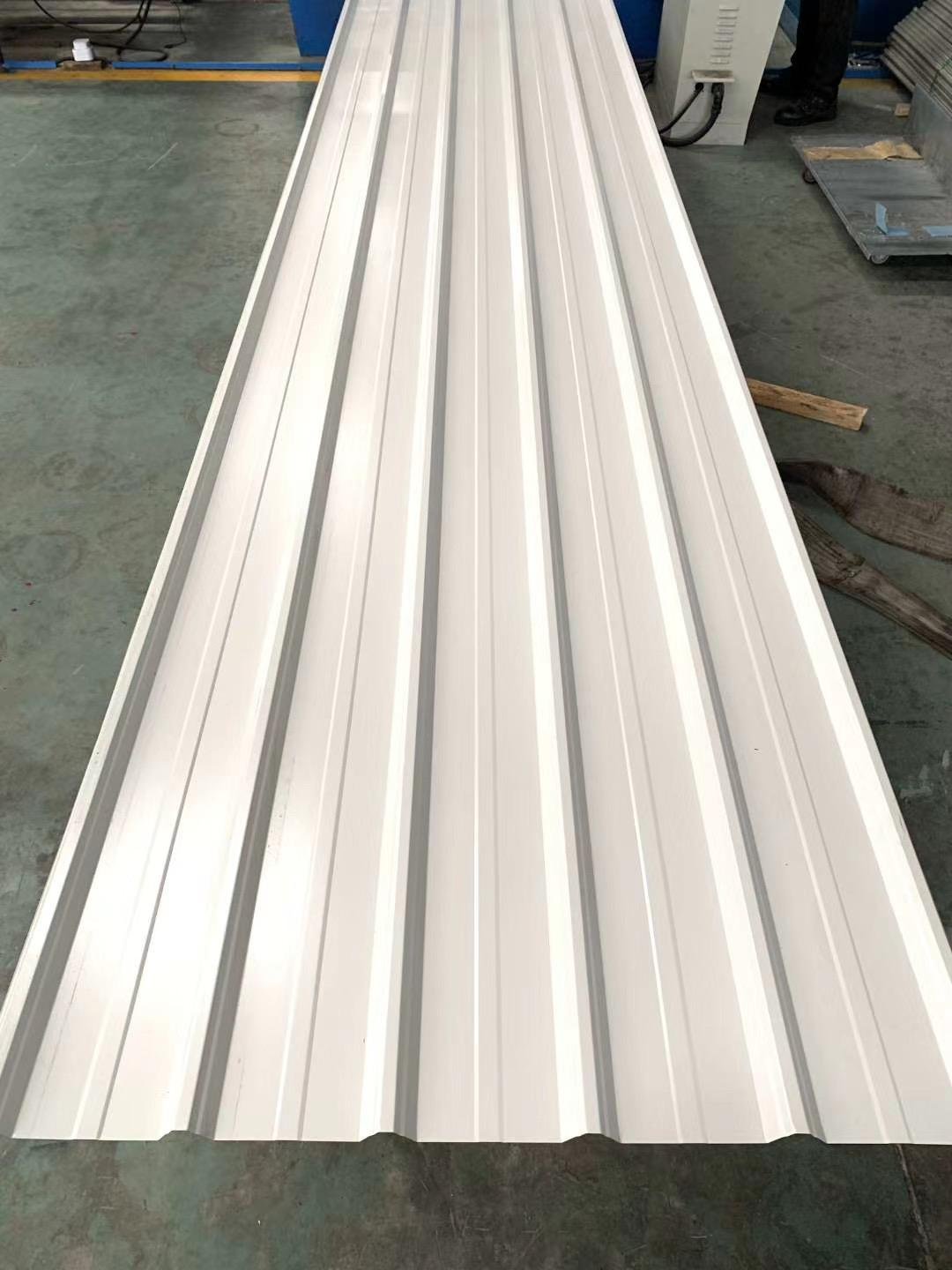
The foam core in PU panels is very important. It affects how the panel reacts to fire. Adding special chemicals makes the foam harder to catch fire. These chemicals also slow down how fast flames spread. Studies show that using more flame retardants, like from 10% to 50%, makes the foam much safer. Sometimes, the foam can even stop burning by itself during a fire.
The foam also keeps heat from passing through easily. This helps the panel stay strong in high heat. For example, adding certain flame retardants raises the foam’s oxygen index. This makes it harder for the foam to burn. These qualities make polyurethane foam a good choice for fire-safe buildings.
Protective Coatings and Metal Layers
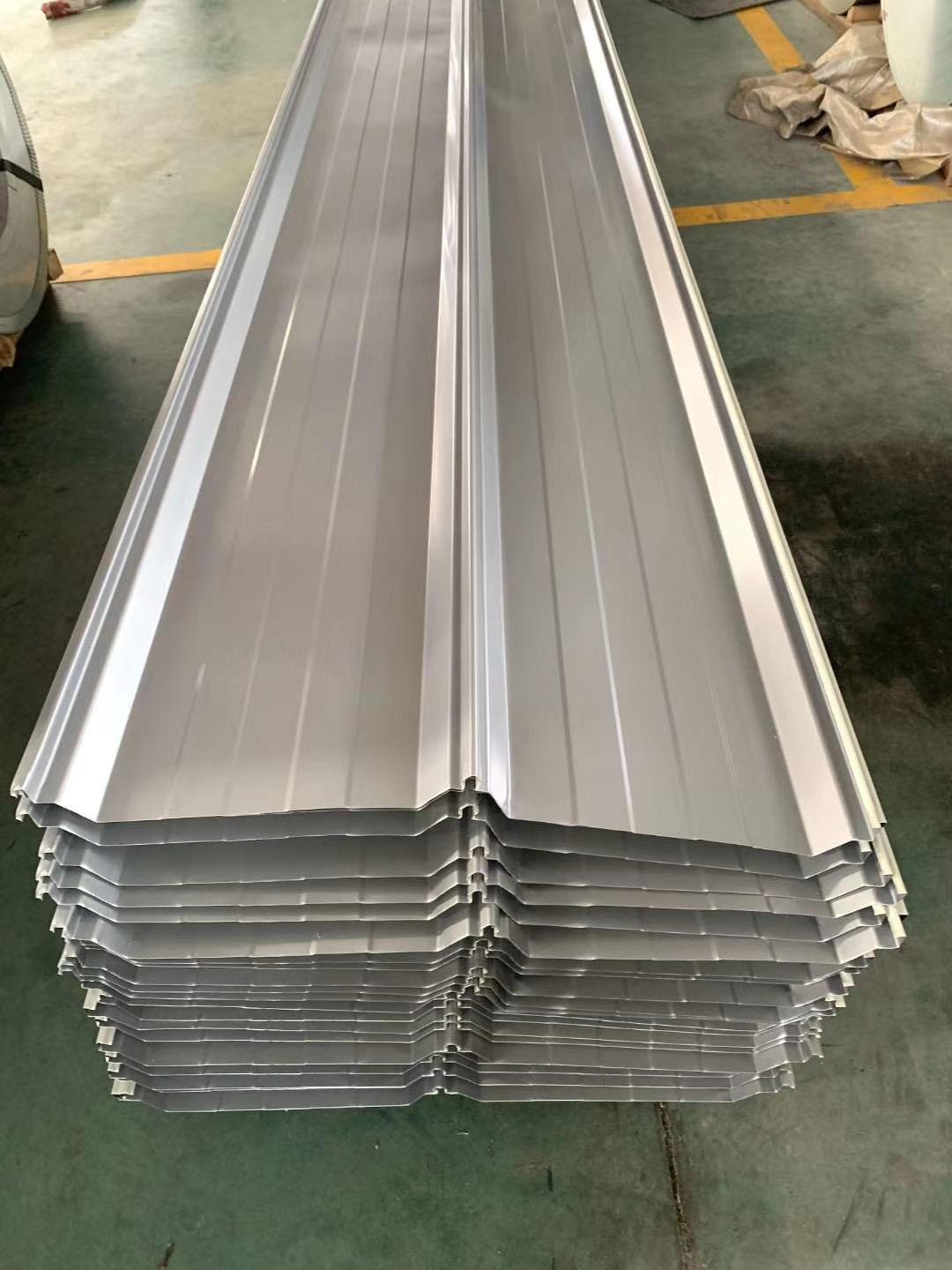
Special coatings and metal layers add extra fire protection. The outer layers, often steel or aluminum, don’t burn. This stops fire from reaching the foam inside. Coatings also help by slowing down flames and smoke. For example, panels with painted steel or coated surfaces work better in fires.
These materials also keep the panels strong during a fire. They give people more time to leave safely. They also stop fire from spreading to other rooms. This is very useful in places like factories or offices where fires can happen.
Modern Manufacturing for Fire Safety
New manufacturing methods make PU panels safer in fires. Tight metal edges and strong joints stop flames from moving between panels. This is very important in risky areas.
Factories use precise cutting and fast lamination to make high-quality panels. Certified panels, like those meeting EN 13501-1 rules, are very reliable. For instance, panels with rock wool and steel layers get an A2 S1 D0 rating. This means they don’t add much to a fire. These methods make panels both safe and long-lasting.
Following Fire Safety Rules
Important Fire Safety Rules for PU Sandwich Panels
PU sandwich panels need to follow fire safety rules. These rules check how well panels handle fire and protect buildings. Some well-known rules are:
Rule | What It Checks |
|---|---|
Tests fire behavior of sandwich panels. | |
EN 13501-1:2019 | Rates fire safety of building materials. |
EN 13823:2020 | Runs medium-size fire tests on panels. |
These rules look at flame spread, smoke, and strength during fires. Panels that pass these tests are safer and work well in many places.
Testing and Approvals for Fire Resistance
Approvals prove PU sandwich panels are fire-safe. Makers do tough tests to meet safety needs. Tests like ISO 13784-1:2014 copy real fire situations to check performance. Panels also get rated by EN 13501-1:2019, which groups them by fire behavior.
Choosing approved panels means they can handle fire better. These approvals also help meet building safety rules. Always pick panels with proper approvals for your project.
Local Fire Safety Rules and Their Effects
Fire safety rules differ by area. These rules affect how PU sandwich panels are made and used. The table below shows some local rules and their effects:
Area | Rules Followed | Effect on Panels |
|---|---|---|
ASTM rules | Matches local fire safety needs | |
Europe | EN rules | Follows strict fireproofing standards |
Asia Pacific | Changed global rules | Fits local building styles and laws |
For example, Europe uses EN rules that focus on fireproofing. North America uses ASTM rules to meet local safety needs. Knowing these rules helps you pick panels that are safe and meet local standards.
Applications of PU Sandwich Panels in Fire-Sensitive Places

Factories and Office Buildings
PU sandwich panels are common in factories and offices. They resist fire well and keep buildings insulated. These panels save energy and follow fire safety rules. Their light weight makes them easy to install, saving time and money.
Benefit | Details |
|---|---|
Strong insulation | Keeps heat out or in, saving energy. |
Cuts heating and cooling costs over time. | |
Simple setup | Lightweight panels make installation faster and easier. |
Durable | Lasts 30 to 40 years, staying strong over time. |
The foam core makes the panels tough, while metal layers protect them. This mix keeps them safe from fire and weather. They are great for warehouses, factories, and offices.
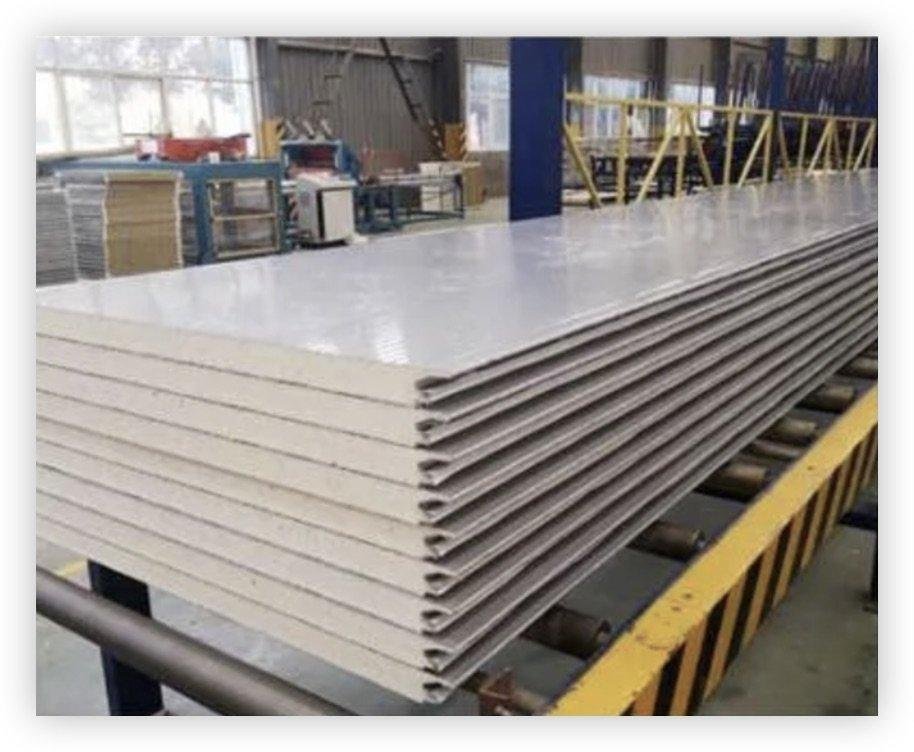
Cold Storage and Freezers
PU sandwich panels are key in cold storage and freezers. They stop heat from entering, keeping temperatures steady. This saves energy and lowers costs. For example, 75mm thick panels can resist fire for three hours, more than the one-hour standard.
Panel Thickness | Fire Resistance Time |
|---|---|
75mm | 3 hours |
Standard | 1 hour |
These panels improve fire safety and save energy. They are perfect for places needing strict temperature control. They also protect goods and workers during fires.
Modular Homes and Housing
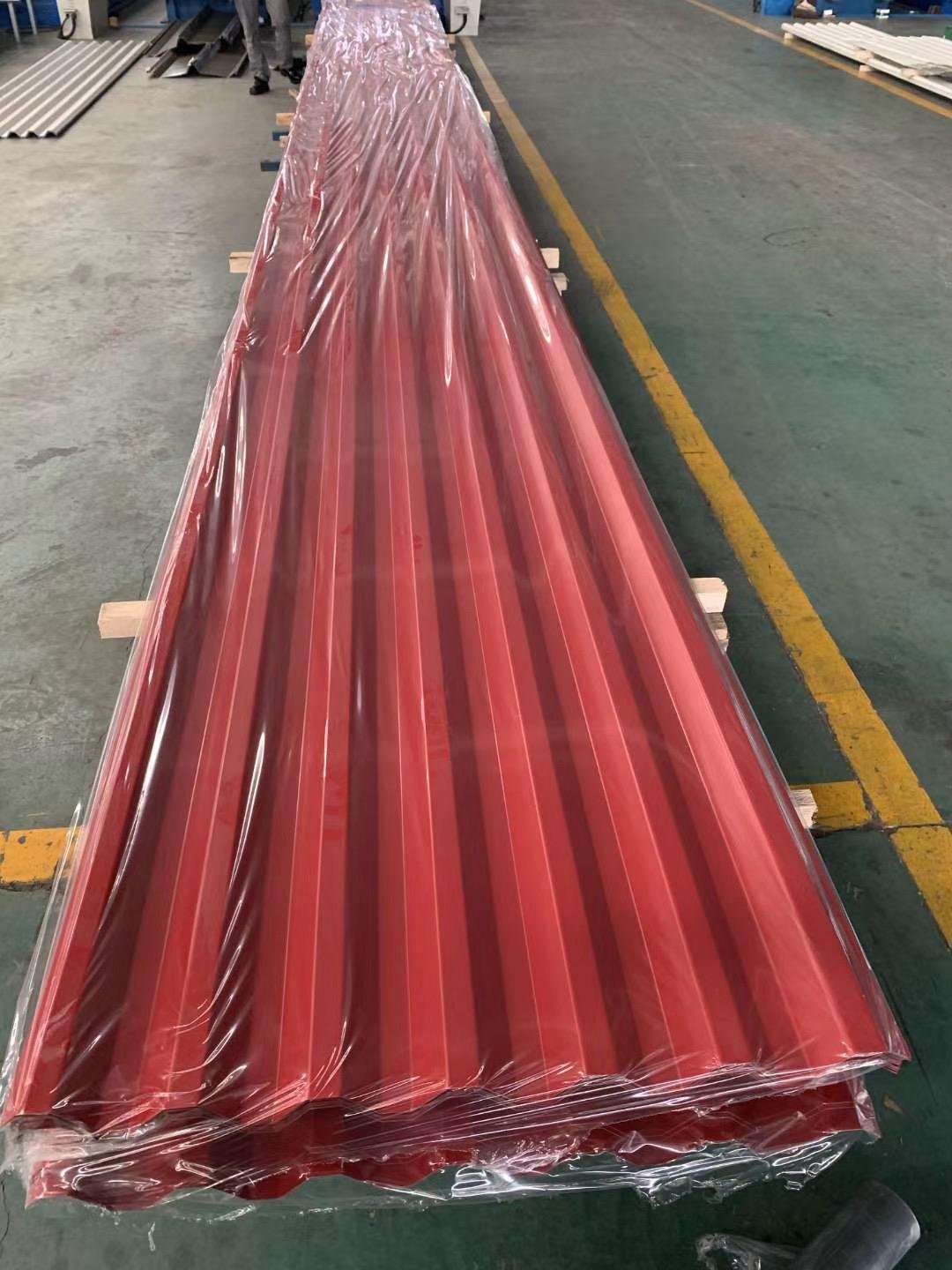
PU sandwich panels work well in modular homes and housing. They insulate homes, cutting energy use and improving comfort. Their fire resistance makes homes safer and meets strict safety rules.
Energy Saving: Keeps homes warm in winter and cool in summer.
Strong Build: Handles heavy loads and lasts a long time.
Custom Designs: Comes in many sizes and styles for unique looks.
Panels with non-burnable surfaces and foam cores block fire well. Picking the right panel type is important for safety. PU panels are safe, strong, and flexible, making them a top choice for modern homes.

PU sandwich panels are good at resisting fire. They are great for building safety. These panels meet rules like ISO 13784-1:2014 and EN 13501-1:2019. This makes them safe for places where fires might happen. They also keep buildings insulated and save money. Their light weight makes them easy to install.
Fire ratings help pick materials that keep people and buildings safe. PU sandwich panels are affordable, strong, and fire-safe. They work well in factories, offices, and homes.
FAQ
What is the fire rating of PU sandwich panels?
PU sandwich panels usually meet B1 or B2 fire standards. These ratings mean they resist fire well and are safe. The panels slow flames and make less smoke. This makes them good for places like factories and cold storage.
What materials improve the fire resistance of PU sandwich panels?
The foam core and metal layers, like steel or aluminum, help. Fire-resistant coatings also stop flames and reduce smoke. Together, these materials make the panels strong and fire-safe.
What certifications should you check for in PU sandwich panels?
Look for EN 13501-1:2019 and ISO 13784-1:2014. These tests check fire safety, smoke, and strength. Certified panels follow global safety rules and work well in fire-prone areas.
What are the advantages of using PU sandwich panels in buildings?
PU panels insulate well, resist fire, and last long. They are light, simple to install, and can be customized. These features make them great for energy-saving buildings, cold storage, and modular homes.
What thickness options are available for PU sandwich panels?
PU panels come in sizes like 40mm, 50mm, 75mm, 100mm, 150mm, and 200mm. Thicker panels insulate better and resist fire more. Choose the right size for your project’s needs.



